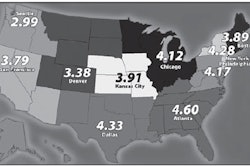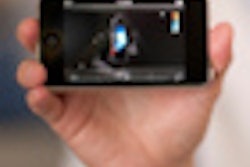Compared with emergency department (ED) patients with insurance, uninsured ED patients are less likely to get any imaging services, according to research published this month in the Journal of the American College of Radiology.
On average, those in the U.S. without health insurance receive fewer healthcare services than those with insurance, and the specific types of services for which the uninsured face access and utilization deficits are not well understood. James Moser, PhD, of Econometrica, and colleague Dr. Kimberly Applegate, of Emory University School of Medicine, described the use of imaging tests in hospital emergency departments by nonelderly patients, comparing uninsured, Medicaid, and non-Medicaid insured individuals (JACR, January 2012, Vol. 9:1, pp. 50-57).
Moser and Applegate used data from the 2004 National Hospital Ambulatory Medical Care Survey, particularly data on the source of payment and imaging services rendered during ED visits. Source of payment was used to sort ED visit episodes into the three insurance categories; relative value units were assigned to imaging procedures and imaging procedures were then aggregated into six modalities.
When compared with comparable insured persons, nonelderly uninsured and Medicaid patients received fewer services in the ED (8% and 10%, respectively), even after the researchers adjusted for severity of their healthcare episode. The study showed similar results for the value of imaging services received (13% and 19%).
The results suggest that insurance status influences how much imaging and the intensity of imaging that patients receive, Moser and Applegate concluded.



















